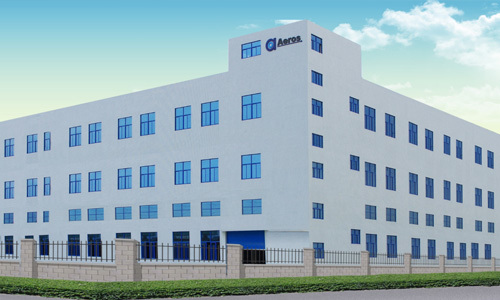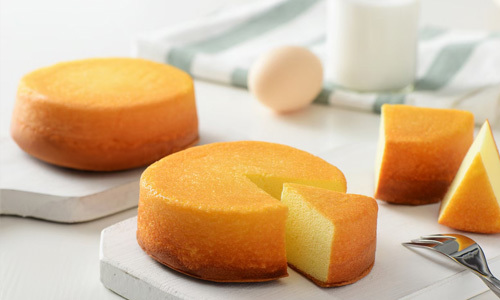Unlocking the Secrets of Aerated Chocolate Production Lines

2024/12/22
Aerated chocolate production lines are specialized systems designed to create chocolate with a light, airy texture that enhances mouthfeel and flavor. The aeration process involves introducing air bubbles into the chocolate mixture, resulting in a product that is not only visually appealing but also offers a unique sensory experience. Understanding the intricacies of these production lines can be beneficial for manufacturers seeking to innovate and stay competitive in the confectionery market.
The aeration process typically begins with the melting of chocolate ingredients, where cocoa solids, cocoa butter, sugar, and milk powders are blended together. This mixture is then subjected to a process known as “whipping” or “foaming,” where air is incorporated into the chocolate. Various methods can be employed to achieve this, including the use of mechanical mixers or dedicated aeration equipment. The goal is to create a homogenous mixture with evenly distributed air bubbles, which will contribute to the final product's texture and taste.
Once aeration is achieved, the chocolate is cooled and solidified to preserve the airy structure. This step is crucial, as improper cooling can lead to the collapse of the air bubbles, negating the benefits of the aeration process. The resulting aerated chocolate can be molded into bars, shapes, or other forms, depending on the manufacturer's goals and market demands.
One of the primary benefits of using an aerated chocolate production line is the enhanced sensory experience it provides. The lighter texture of aerated chocolate can make it feel less heavy and more enjoyable to consume, which appeals to a wide range of consumers. Additionally, the unique texture can set a brand apart in a crowded marketplace, making aerated chocolate products a desirable choice for both retailers and customers.
Moreover, the aeration process can also impact the flavor profile of the chocolate. By incorporating air, manufacturers can create a product that has a different mouthfeel and taste perception, allowing for greater innovation in flavor combinations. For example, aerated chocolate can be infused with various flavors, enhancing the overall experience and encouraging consumer experimentation.
In summary, aerated chocolate production lines play a vital role in the confectionery industry by transforming traditional chocolate into a product that is light, airy, and full of flavor. By understanding the processes involved in aeration and production, manufacturers can create unique offerings that meet the evolving tastes of consumers. As the demand for novel and exciting food products continues to grow, investing in aerated chocolate technology may be a key strategy for success in the competitive chocolate market.
The aeration process typically begins with the melting of chocolate ingredients, where cocoa solids, cocoa butter, sugar, and milk powders are blended together. This mixture is then subjected to a process known as “whipping” or “foaming,” where air is incorporated into the chocolate. Various methods can be employed to achieve this, including the use of mechanical mixers or dedicated aeration equipment. The goal is to create a homogenous mixture with evenly distributed air bubbles, which will contribute to the final product's texture and taste.
Once aeration is achieved, the chocolate is cooled and solidified to preserve the airy structure. This step is crucial, as improper cooling can lead to the collapse of the air bubbles, negating the benefits of the aeration process. The resulting aerated chocolate can be molded into bars, shapes, or other forms, depending on the manufacturer's goals and market demands.
One of the primary benefits of using an aerated chocolate production line is the enhanced sensory experience it provides. The lighter texture of aerated chocolate can make it feel less heavy and more enjoyable to consume, which appeals to a wide range of consumers. Additionally, the unique texture can set a brand apart in a crowded marketplace, making aerated chocolate products a desirable choice for both retailers and customers.
Moreover, the aeration process can also impact the flavor profile of the chocolate. By incorporating air, manufacturers can create a product that has a different mouthfeel and taste perception, allowing for greater innovation in flavor combinations. For example, aerated chocolate can be infused with various flavors, enhancing the overall experience and encouraging consumer experimentation.
In summary, aerated chocolate production lines play a vital role in the confectionery industry by transforming traditional chocolate into a product that is light, airy, and full of flavor. By understanding the processes involved in aeration and production, manufacturers can create unique offerings that meet the evolving tastes of consumers. As the demand for novel and exciting food products continues to grow, investing in aerated chocolate technology may be a key strategy for success in the competitive chocolate market.
Aerated chocolate production line









